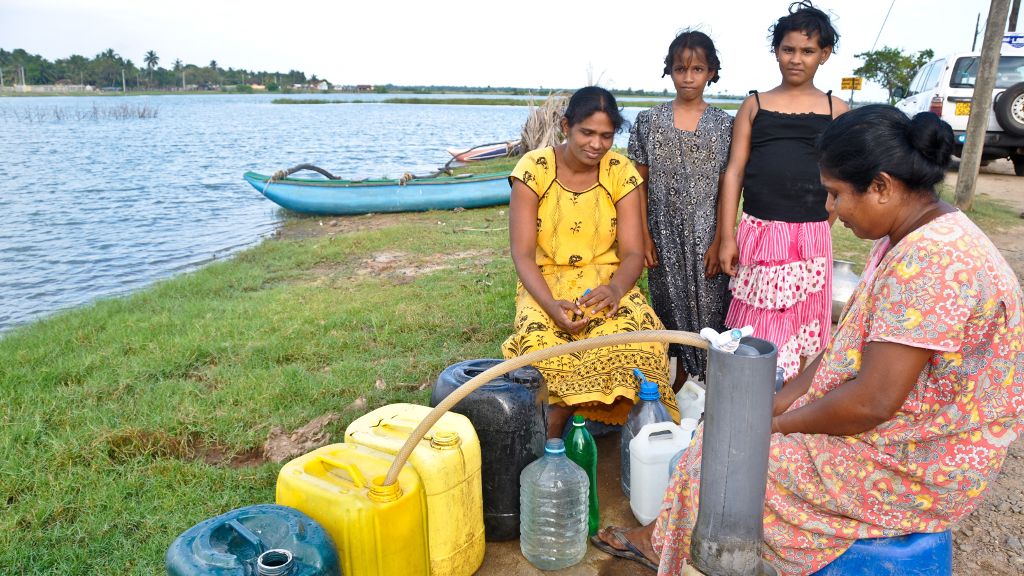
Thousands of Tamils from the Anavimbudan and Vannerkulam villages in Kilinochchi remain without safe drinking water, as regions of the Tamil homeland continue to face poverty and underdevelopment, 15 years after the Mullivaikkal genocide.
The villagers have appealed to the divisional secretariat requesting that the general public be provided drinking water through the National Water Supply and Drainage Board, as done in other parts of the country.
The salinity of the groundwater has led to a lack of safe drinking water, making it increasingly difficult to continue living in the villages, said residents.
Villagers have told the press that groundwater cannot be used anymore, leading to many of them having to travel long distances to fetch water from temples, and even relying on occupying Sri Lankan military camps.
Currently, 1,650 individuals belonging to 480 families residing in the Vannerkulam village and 1365 individuals from 439 families in the Anavimbudan villages have no access to drinking water.
Two schools which serve the villages’ 423 students, have also reported they are finding it difficult to conduct academic activities. Both start and end times to eh school day have had to be changed due to the scarcity of drinking water, with students travelling long distances in search of water.
Last year the government of Sri Lanka proposed a River for Jaffna project aimed at resolving the water supply and irrigation problem in the region. “There is an acute water shortage in the north. To mitigate this dangerous situation, we are in discussions on how to implement the ‘River for Jaffna’ project which was proposed by professor Arumugam,” Prime Minister Dinesh Gunawardena had told parliament last year. Gunawardena pointed out that desalination was costly and would incur heavy prices for consumers. The proposed project continues what was started in 1954, when Engineer Arumugam, former deputy director of the Irrigation Department, proposed a River for Jaffna solution for the benefit of the Jaffna peninsula water resources and environment.
Over the years, the irrigation department, Mahaweli Authority, various local and foreign consultants, and international agencies have contributed to and improved the proposal.
However, to date no permanent solution has been proposed. The North-East continues to lag behind in development compared to the rest of the island. Despite it being the worst affected area following the end of the armed conflict, successive governments have been accused of doing little for its development.
